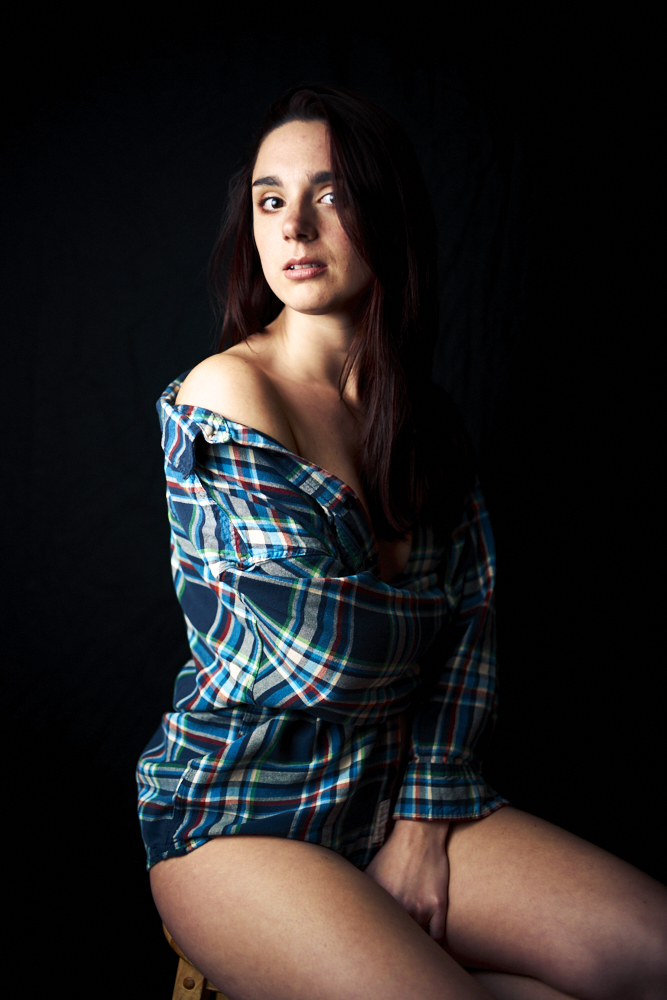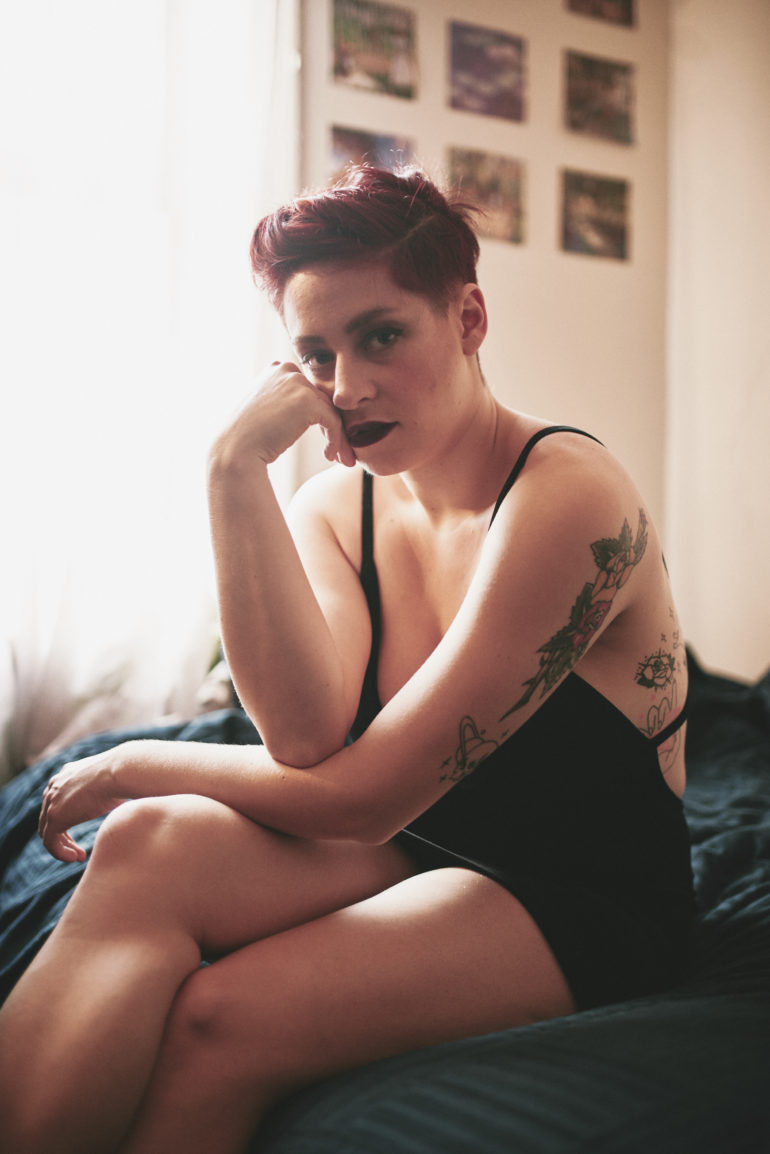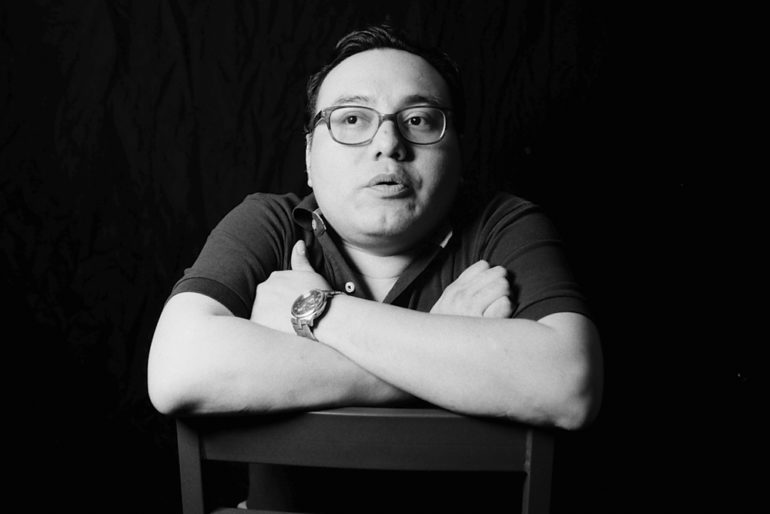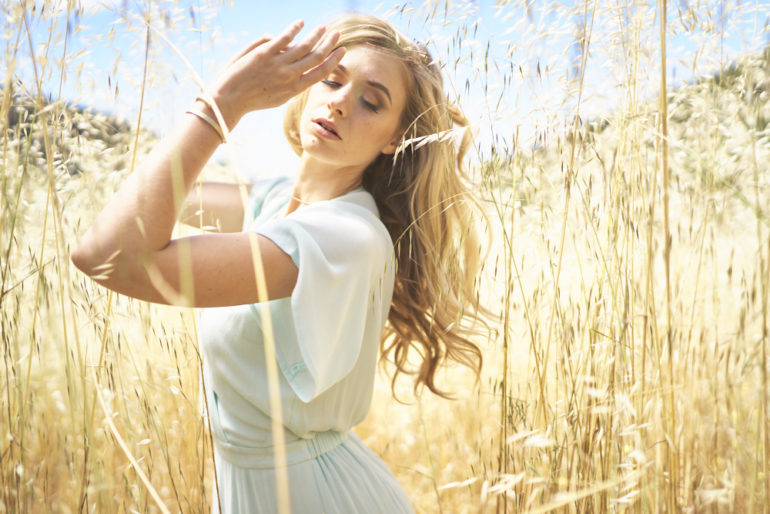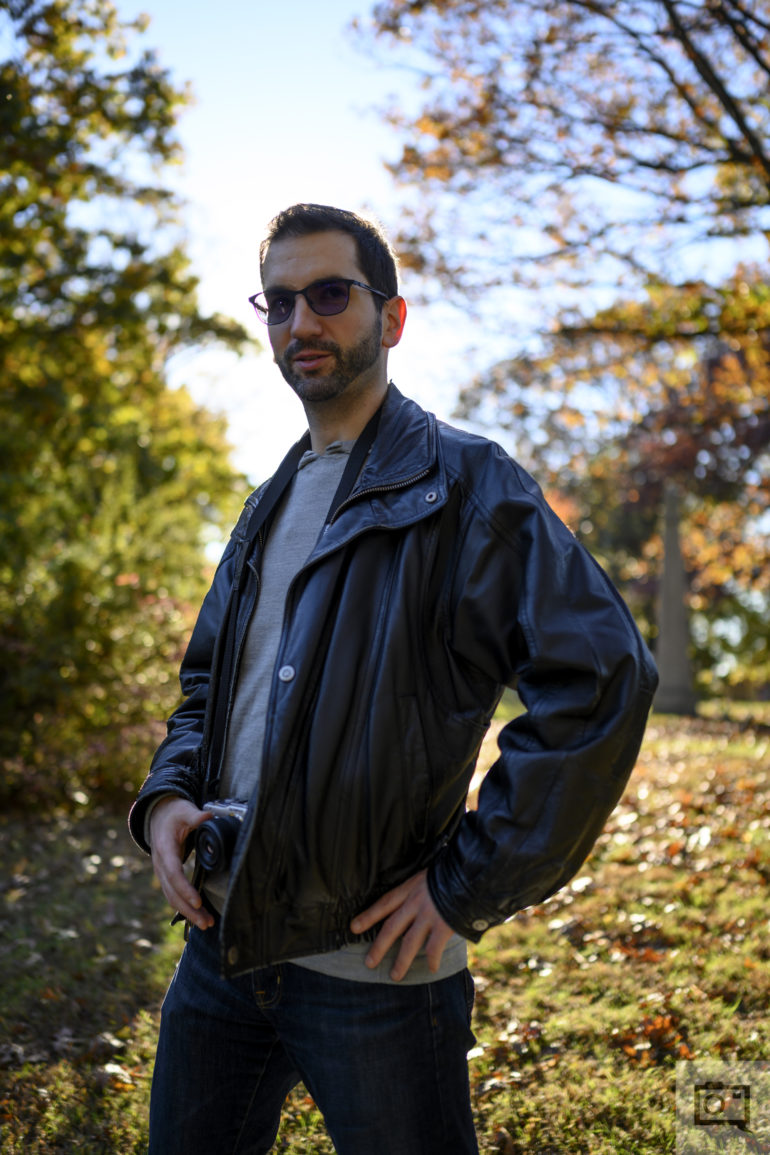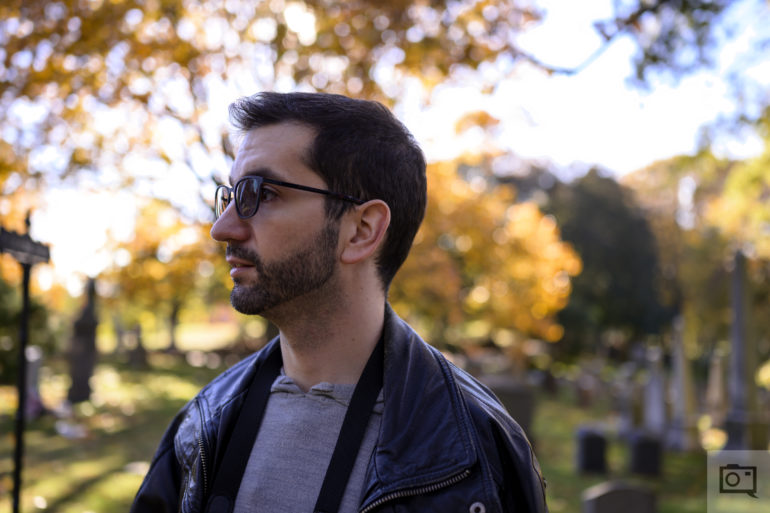The 35mm lens is a versatile option for many, and shooting portraits of people with it can be really simple.
For many years, a 35mm lens wasn’t considered a viable option for shooting portraits–and depending on who you ask it still isn’t a good option. It doesn’t mean that it can’t be done, it just means that it’s much more difficult to do effectively vs other options that are longer on the market. But the 35mm lens has become standard in the way that many photographers see the world. In turn, they want to capture the world just as how they see it. For portraiture, we’re going to give you some bite sized creative tips on how to make the most of a 35mm lens.
The Distance From Your Subject
First off, don’t get up close and personal to your subject as the 35mm lens will make whatever is closest to the camera really big. Instead, always try to shoot portraits with a 35mm lens getting around half of the person’s body in the frame. Obviously, you can go for more, but if you’re trying to shoot a tight headshot then you’re going to be very disappointed with the results–and so will they.
When you frame your photo, keep a distance so that at least half of the person is in the image.
Avoid the Edges, Focus on the Center
Modern 35mm lenses are very good–but even their corners still have distortion. It isn’t anywhere as bad as it used to be, but in my eyes and testing there still is absolutely no 35mm lens that has perfect corners. These corners can cause weird effects and warping. For that reason, I strongly recommend keeping your subject closer towards the center of the frame. If anything, try to leave them out of the outer quarter of the frame. Of course, if you’re okay with how they look in the outer quarter, then roll with it. But generally speaking, this rule works very well.
Keep in Mind Perspective/Proximity Distortion
Remember that when you shoot with a 35mm lens that whatever is closest to the frame will be distorted. In some cases, that’s okay and it can be rather acceptable. Depending on who you ask about the image above, the distortion of the subject’s arm is either perfectly fine/there is none, or there is some and it’s unflattering. All of this has to do with posing.
Use Flattering Light
Though this goes without saying, flattering lighting can be a relative term. Flattering lighting on one person can mean little to no shadows while on another person, the shadows can actually look very good. This is all based on their shape. If someone has a rounder chin for example, then they’ll need less shadows. If someone has a more edgy chin, then shadows can look better.
If you’re using natural light, it’s generally a great idea to backlight a subject too. Give that a shot and make sure that the colors that they’re wearing stand out against everything else.
Remember That a 35mm is a 35mm is a 35mm
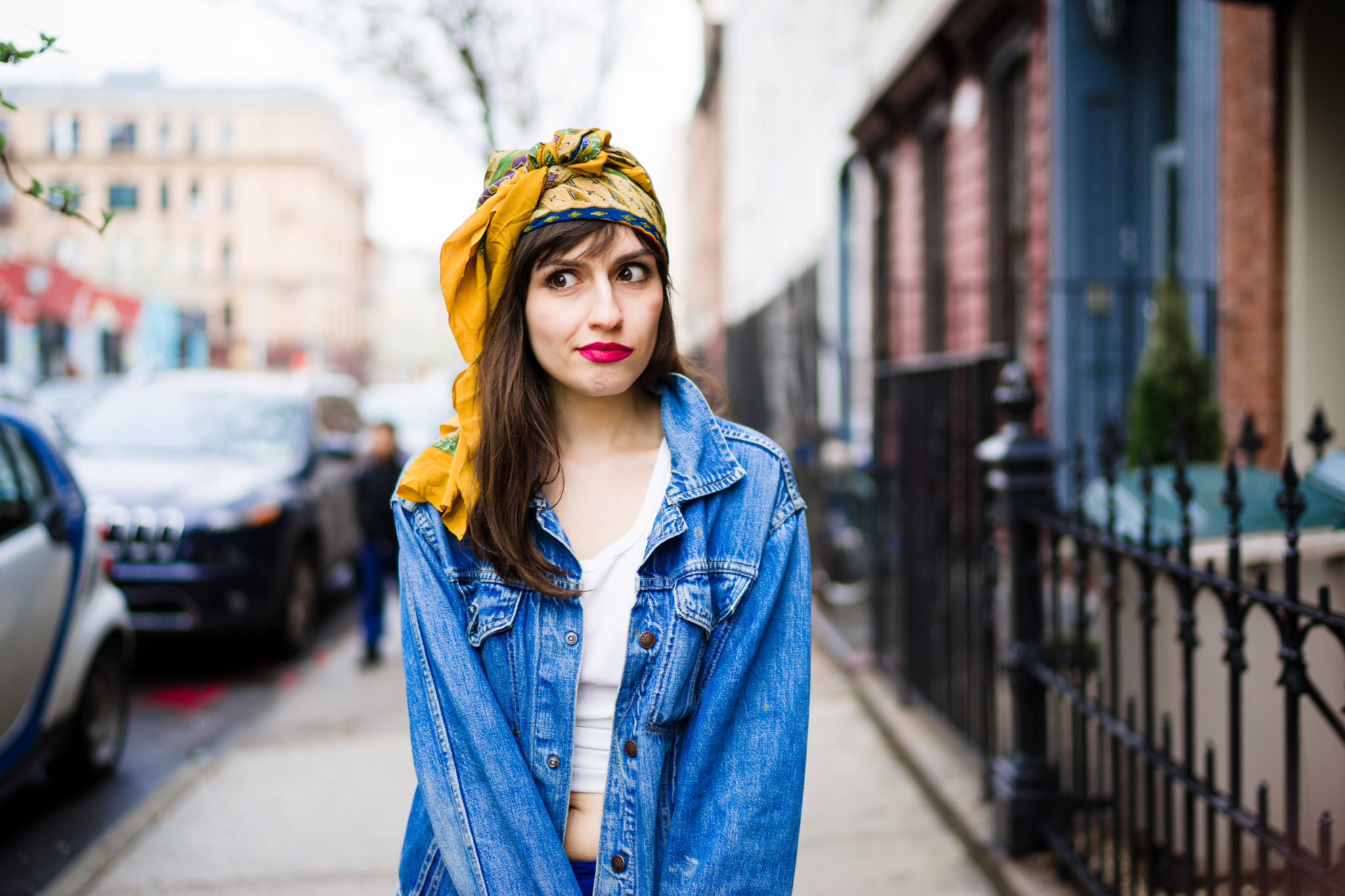
No matter what, a 35mm lens is a 35mm lens. If you put it on an APS-C camera, it’s still going to act like a 35mm lens though you’re just seeing the center of the frame. So even though the crop is tighter, the lens is still going to render images in the same way. Want something with less distortion? Go to a longer focal length.


